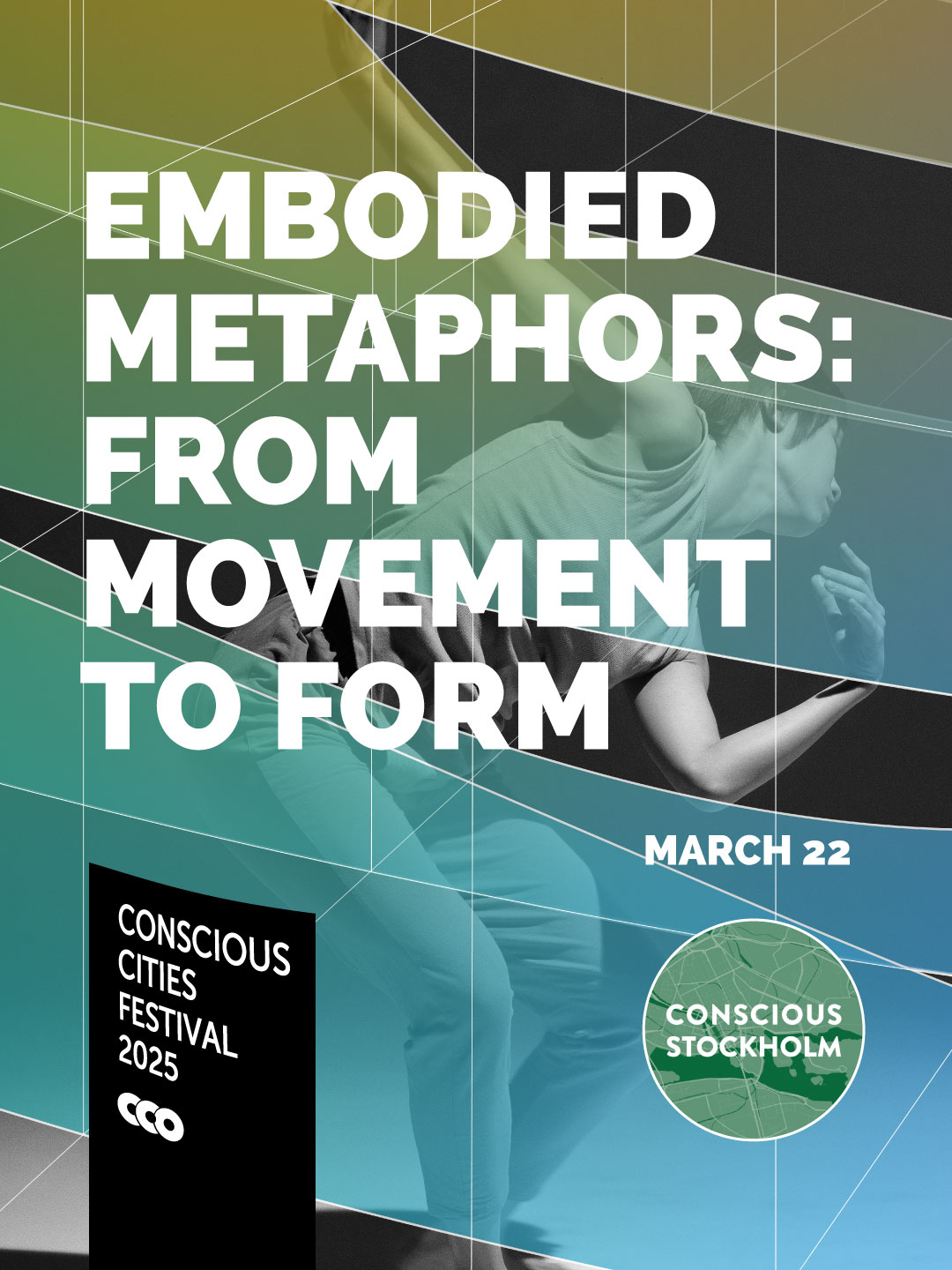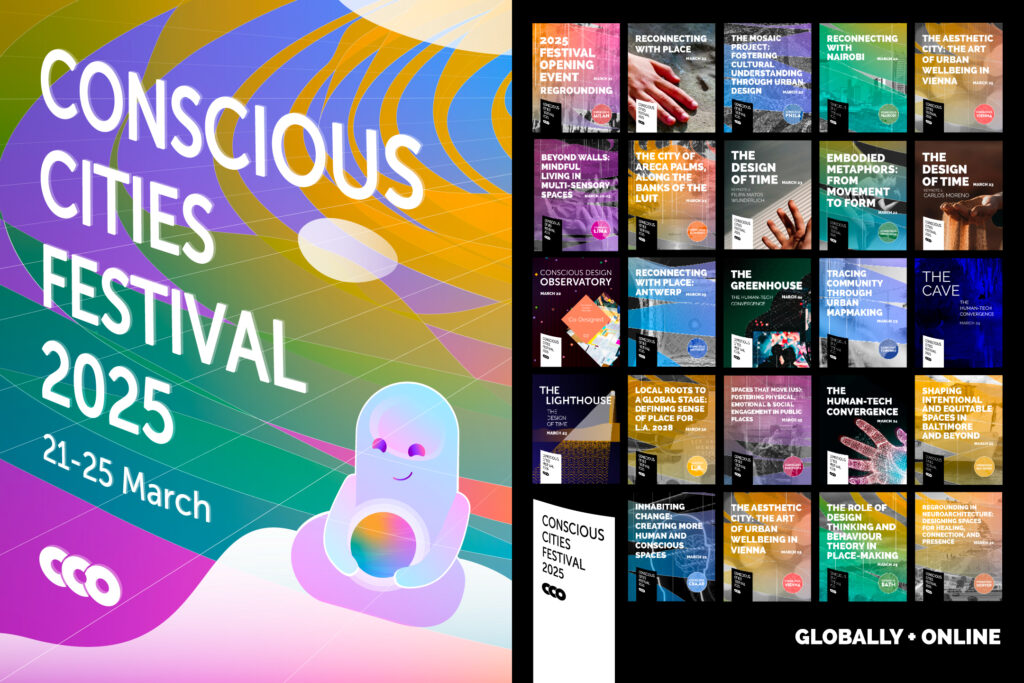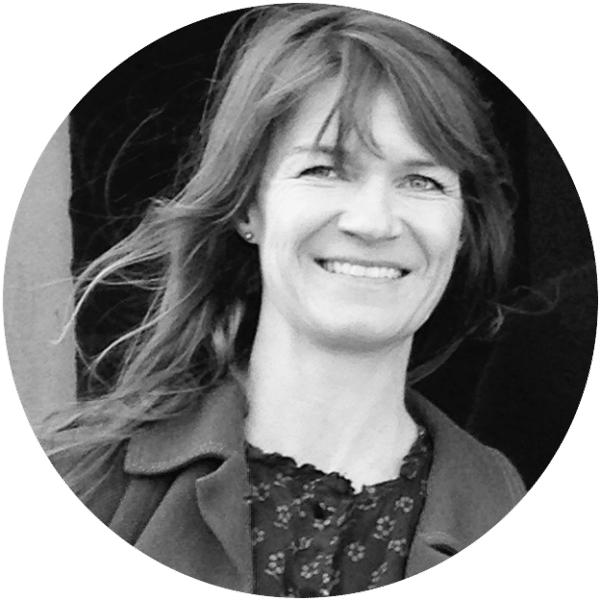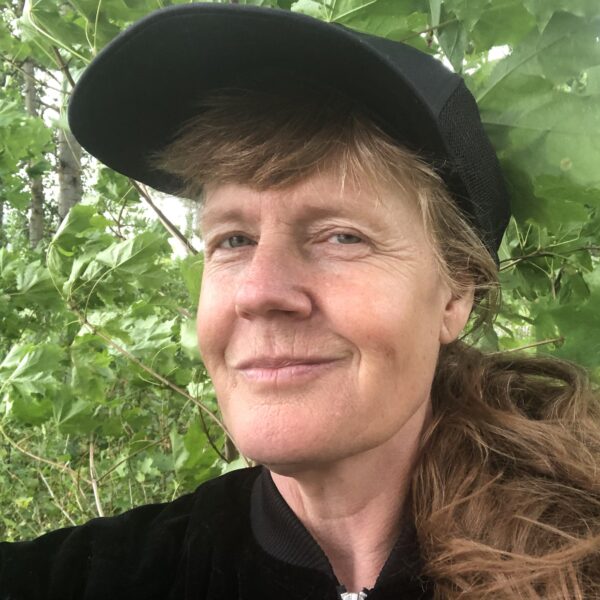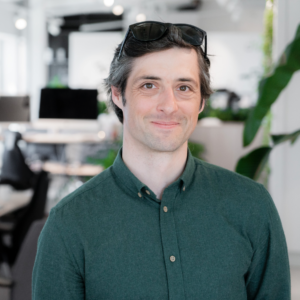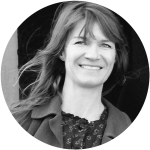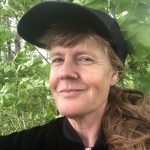Our bodies bare memories of ancient experiences. They stem from the beginnings of humanity and they have created sensory-motor patterns, which influence our interaction and perception of the built environment.
Many sensory-motor metaphors which humans use in their ways of communication – spoken, non-verbal, art, dance, architecture – emerged from those primary experiences, for example:
Physical experience: Standing, being upright, climbing. Metaphor: “Happy is up” – “Being up”, “I am feeling down”, “On top of the world”, “Climbing the corporate ladder”, “Rise to the top”, “Uplifting”,
Physical experience: Being born. Metaphor: “Beginnings are births” – “Idea was born”, “The project is in its infancy”, “The idea was conceived”, “The initiative is going through growing pains”,
Physical experience: Visual perception. Metaphor: “Knowing is to see” – “I see what you mean”, “The event is eye-opening”, “The research illuminated the problem”, “The fog of confusion lifted”,
Physical experience: Gathering around. Metaphor: “Unity is gathering” – “the common vision crystalized”, “the team is on the same page”, “improving the team’s alignment”, “cohesion is created by interweaving various elements”,
Physical experience: Proximity. Metaphor: “Likeness is closeness” – “they are close friends”, “they gravitate towards each others”, “the gaps between people narrowed”,
We explore those experiences and corresponding sensory-motor metaphors and translate them to movement and spatial expressions.
Programme:
PART 1: Experimentation. During the event’s first part, we open up to chosen primary experiences and depict them through dance, movement, and choreography. In the next step, we interpret choreography into form, translating it into spatial installations.
PART 2: Reflection. During the second part, we reflect on the spatial qualities we have created: height, length, weight, pattern, shape. Can architectural elements which by the metaphorical way align with human experience become a part of enrichment, salutogenesis, meaningfulness, emotional regulation, sensory integration? Can they influence the human experience in a positive way?
Do any of them, apart from the metaphor they embody, represent properties which show up in research in environmental psychology or neuroarchitecture? Like shelter, prospect, mystery, complexity, pattern, light, spaciousness or natural elements?
We describe and map the experience and emotions connected to created spatial elements.
The event refers to an article by Lukasz Krupinski and Ulrika Blåeld Wedin: and to Davide Ruzzon’s book “Tuning architecture with humans” in which he explains the “neuro-phenomenological knots. He writes “…any spatial configuration, whether natural or artificial, will have those meanings embedded within its form. Beyond Gibsonian natural affordances, early humans began to recognize and exploit the metaphorical configurations of their primordial settings”. “Buildings often follow the path of a ritual which is capable of first reviving and then establishing collective feelings…”
When and where:
Date: March 22, 2025
12:00 CET. Live in Stockholm. An art-based exploration in real time in a secret location. Ulrika, Camilla and Lukasz perform metaphors, work with artistic material and film with Go Pro camera. This part is closed for the audience. Only the place itself will witness this happening.
15:00 – 16:00 CET. Online event. An interactive meeting with Ulrika, Camilla and Lukasz. We invite audience to experiment with chosen metaphors and to share their reflections with us.
Feel welcome to sign in and we will keep you informed – the link and the agenda for the online event will be sent to you after you have signed in.
Ulrika, Camilla, Lukasz

